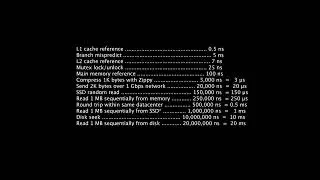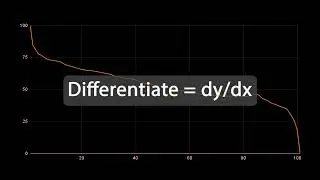System Design BASICS: Horizontal vs. Vertical Scaling
Systems design a procedure by which we define the architecture of a system to satisfy given requirements. It is a technique by which the required amounts of scalability, reliability, performance and consistency are satisfied in real world systems.
We discuss how to start with system design and why it is required. The first concept in designing a system is scalability. We discuss the two main approaches to solve this problem: Horizontal scaling and vertical scaling.
Horizontal scaling is adding more machines to deal with increasing requirements. These machines handle requests in parallel to improve user experience.
Vertical scaling is replacing the current machines with more advanced machines to improve throughput and hence response time. The techniques are used in conjunction in real-world systems.
Looking to ace your next interview? Try this System Design video course!
https://interviewready.io
Along with video lectures, this course has architecture diagrams, capacity planning, API contracts and evaluation tests. It's a complete package.
Use the coupon code 'HELLOWORLD' for an exclusive discount!
00:00 Who should watch this?
00:05 Software Engineering 101
01:11 Problems with self-hosting
01:34 Using Cloud Solutions
02:40 Scaling your Business
03:27 What is Vertical Scaling?
03:38 What is Horizontal Scaling?
04:10 Horizontal vs. Vertical Scaling
06:25 Practical Considerations
07:33 Conclusion
07:48 Thank you!
References:
Harvard Lecture: • CS75 (Summer 2012) Lecture 9 Scalabil...
Load balancing: • What is LOAD BALANCING? ⚖️
InterviewReady: https://interviewready.io
Social links:
LinkedIn: / gkcs
Github: https://github.com/InterviewReady
#systemdesign #scalability #software


















![30 [Software Engineering] research papers you should read](https://images.mixrolikus.cc/video/kVP1qM9zgaA)












![20 AWS services you should know [as a Software Engineer]](https://images.mixrolikus.cc/video/tNbMyQGGyYM)